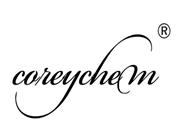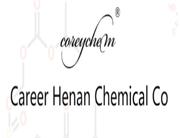| Chemical Properties |
Translucent, white solid.Tensile strength 5000 psi, flexural strength 7000 psi, usable up to 121C. Insoluble in cold organic solvents; softened by hot solvents. Maintains strength after repeated flexing. Degraded by heat and light unless protected by antioxidants. Readily colored; good electrical resistance; low water absorption and moisture permeability; poor impact strength below ?9.4C; not attacked by fungi or bacteria; resists strong acids and alkalies up to 60C, but is attacked by chlorine, fuming nitric acid, and other strong oxidizing agents. Combustible, but slow-burning. Fair abrasion and good heat resis- tance if properly modified. Can be chrome-plated, injection- and blow-molded, and extruded. |
| Uses |
Used with ram- and screw-injection machines. For automotive, housewares, general molding products and multi- and monofiliment fiber. |
| Uses |
General extrusion grade polymer. |
| Uses |
Base polymer in hot melt adhesives and paper-laminating, extender and viscosity modifier in caulks and sealants and waterproofing agent in wire and cable applications. |
| Uses |
Modifier for waxes to reduce blocking, scuffing and abrasion. Improves pigment dispersion in polypropylene films and fibers. |
| Definition |
ChEBI: A polymer compose of repeating propane-1,2-diyl units. |
| General Description |
Tan to white odorless solid. Less dense than water and insoluble in water. Hence floats on water. |
| Air & Water Reactions |
Insoluble in water. |
| Reactivity Profile |
Polypropylene reacts with chlorine, fuming nitric acid and other strong oxidizing agents. |
| Hazard |
Questionable carcinogen. |
| Health Hazard |
No apparent toxicity |
| Safety Profile |
Moderately toxic by ingestion and intraperitoneal routes. Questionable carcinogen. When heated to decomposition it emits acrid smoke and irritating fumes. Used in injection molding for auto parts, in bottle caps, and in container closures. |

 China
China






